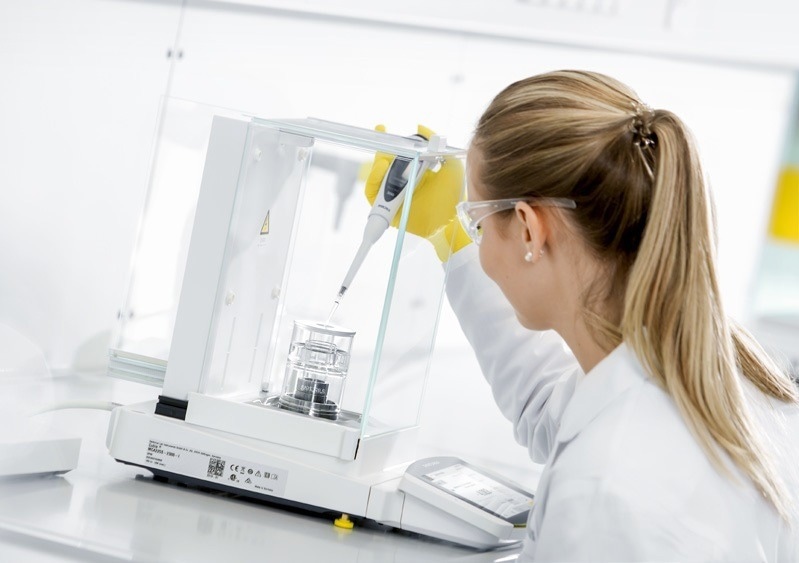To ensure reliable and reproducible results when handling liquids, it is crucial to regularly test and calibrate instruments.
ISO 8655 is globally recognized as the most accepted standard for producing and controlling piston-operated volumetric apparatus (POVA). This standard provides detailed requirements for both production and in-use control of POVA.
The purpose of this article is to outline the gravimetric calibration and testing requirements for POVA as outlined in part 6 and part 7 of the ISO 8655, which were revised in 2022.
The article also highlights the differences between calibration and testing in chapters 6 and 7 and describes the testing method, testing environment, testing equipment, and reporting requirements.
Introduction
Laboratories rely on liquid handling products for a variety of tasks, such as preparing samples, controls, and assay reagents. As these products play a crucial role in virtually every experiment, ensuring their accuracy and repeatability is paramount.
To achieve this, all piston-operated volumetric apparatus (POVA) must undergo regular calibration or testing to ensure that they meet the required standards for their intended use.
ISO 8655 is the most important international standard for POVA and applies to pipettes, burettes, dilutors, dispensers, and manually operated precision laboratory syringes for volumes of up to two liters.
This standard was developed and published by the International Organization for Standardization (ISO), an international, independent, non-governmental organization.
In 2022, a second edition of the ISO 8655 was published, which includes nine parts (with a tenth part currently in preparation) and replaces the first edition from 2002. The ISO 8655 series addresses the needs of POVA manufacturers, calibration laboratories, and POVA users performing calibration or tests on POVAs.
This article aims to describe the requirements for gravimetric calibration or testing according to parts 6 and part 7 of the ISO 8655:2022, including testing methods, testing environment, testing equipment, and reporting requirements.

Figure 1. Gravimetric Calibration of a Pipette on a Single Channel Balance. Image Credit: Sartorius Lab Instruments GmbH & Co. KG

 Download the full white paper
Download the full white paper
About Sartorius Lab Instruments GmbH & Co. KG

The Sartorius Group is a leading international partner of life science research and the biopharmaceutical industry.
With innovative laboratory instruments and consumables, the Group’s Lab Products & Services Division concentrates on serving the needs of laboratories performing research and quality control at pharma and biopharma companies and those of academic research institutes.
The Bioprocess Solutions Division with its broad product portfolio focusing on single-use solutions helps customers to manufacture biotech medications and vaccines safely and efficiently. The Group has been annually growing by double digits on average and has been regularly expanding its portfolio by acquisitions of complementary technologies.
In fiscal 2021, the company earned sales revenue of some 3.45 billion euros. At the end of 2021, nearly 14,000 people were employed at the Group’s approximately 60 manufacturing and sales sites, serving customers around the globe.
Sponsored Content Policy: News-Medical.net publishes articles and related content that may be derived from sources where we have existing commercial relationships, provided such content adds value to the core editorial ethos of News-Medical.Net which is to educate and inform site visitors interested in medical research, science, medical devices and treatments.